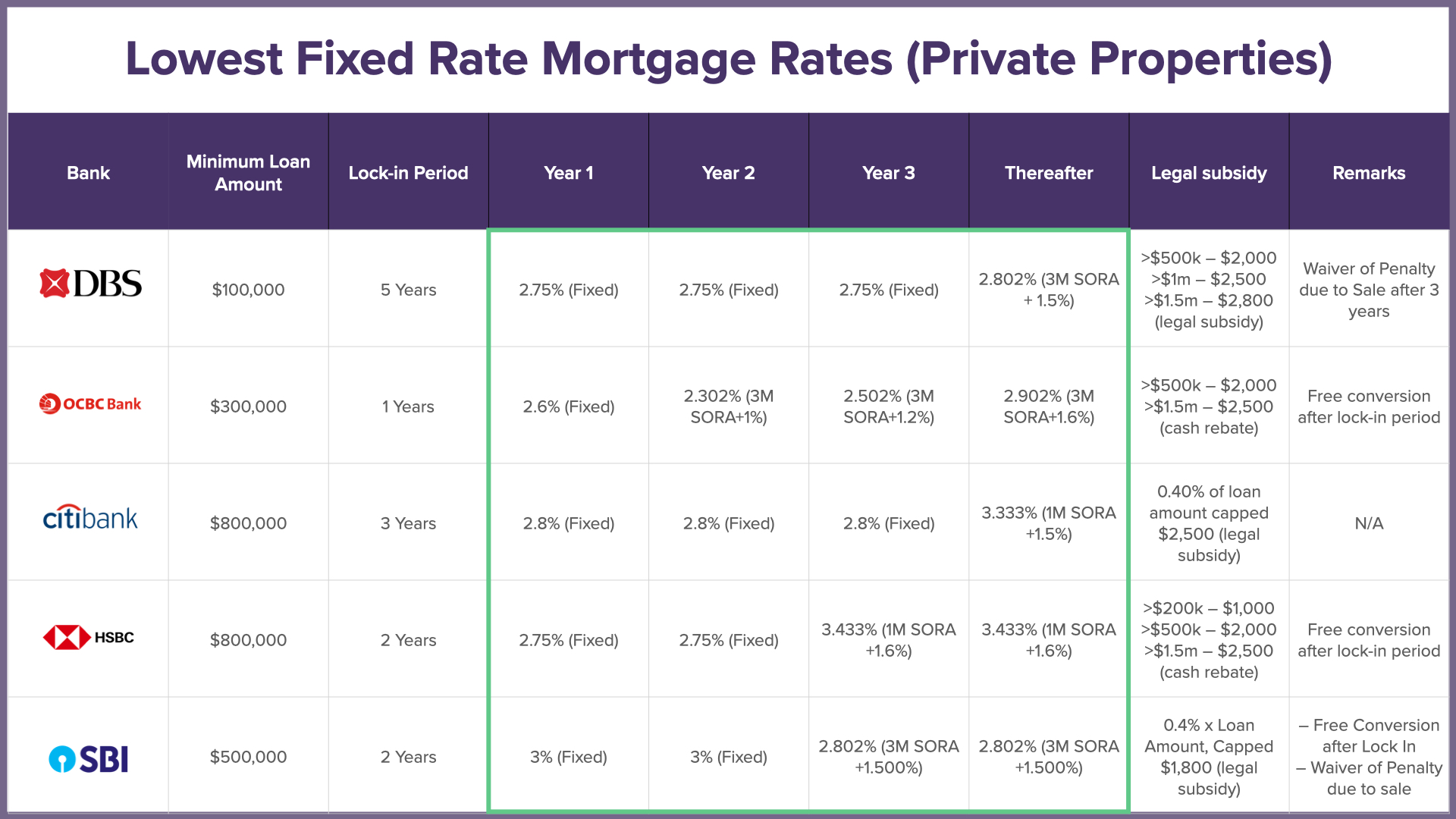Personal Loan Interest Rates Today: Find Your Best Rate

Table of Contents
Factors Affecting Your Personal Loan Interest Rate
Several key factors determine the personal loan interest rate you'll receive. Understanding these factors is the first step towards securing a favorable rate.
Your Credit Score: The Foundation of Your Rate
Your credit score is arguably the most significant factor. Lenders use your credit score to assess your creditworthiness – essentially, your ability to repay the loan.
- Higher credit scores generally qualify for lower interest rates. A score above 750 often unlocks the best personal loan rates today.
- Check your credit report for errors before applying. Inaccurate information can negatively impact your score.
- Consider improving your credit score before applying for a loan. Paying down debt and maintaining on-time payments are effective strategies. Even a small improvement can result in significantly lower interest rates. For example, a borrower with a 650 credit score might receive an interest rate of 12%, while a borrower with a 750 score might qualify for a rate of 8%, representing substantial savings over the life of the loan.
Loan Amount and Term: Balancing Payments and Interest
The amount you borrow and the loan term (the length of time you have to repay) also impact your interest rate.
- Larger loan amounts may come with slightly higher interest rates. Lenders perceive greater risk with larger loans.
- Shorter loan terms typically mean higher monthly payments but lower overall interest paid. A 3-year loan will have higher monthly payments than a 5-year loan, but you'll pay less interest overall.
- Longer loan terms mean lower monthly payments but higher overall interest paid. While easier on your monthly budget, this option increases the total amount you pay over time.
The Lender's Role: Banks, Credit Unions, and Online Lenders
Different lenders have different policies and rate structures.
- Banks often offer competitive rates but may have stricter requirements. They tend to be more conservative in their lending practices.
- Credit unions may offer better rates for members. Their not-for-profit status often translates to more favorable terms for their members.
- Online lenders can offer convenience and potentially competitive rates, but carefully research their reputation. Read reviews and check their licensing before applying.
Debt-to-Income Ratio (DTI): A Key Indicator of Repayment Ability
Your debt-to-income ratio (DTI) – the percentage of your gross monthly income that goes towards debt payments – significantly influences loan approval and interest rates. A lower DTI generally increases your chances of securing a low interest personal loan.
How to Find the Best Personal Loan Interest Rates Today
Finding the best personal loan interest rates requires proactive research and comparison shopping.
Shop Around and Compare: The Key to Low Interest Personal Loans
Don't settle for the first offer you receive.
- Use online loan comparison tools. Many websites allow you to compare rates from multiple lenders simultaneously.
- Contact multiple banks, credit unions, and online lenders directly. This gives you a broader picture of available rates and terms.
- Don't just focus on the advertised rate; consider all fees. Hidden fees can significantly increase the total cost of your loan.
Pre-qualification: Exploring Options Without Impacting Your Credit
Pre-qualifying for a loan allows you to check your eligibility and see potential interest rates without a hard credit inquiry that affects your credit score. This is a valuable tool for comparison shopping.
Read the Fine Print: Protecting Yourself
Before signing any loan agreement, carefully review all terms and conditions. Understanding the details will help you avoid unexpected costs and ensure the loan is right for you.
Understanding APR (Annual Percentage Rate)
The Annual Percentage Rate (APR) represents the total cost of borrowing, including interest and fees. It's crucial to understand the difference between the interest rate and the APR. The APR gives a more complete picture of the loan's overall cost.
APR vs. Interest Rate: A Clear Distinction
The interest rate is simply the percentage charged on the principal loan amount. The APR includes the interest rate plus any additional fees associated with the loan, such as origination fees, late payment fees, and others.
The Importance of Understanding All Fees
A seemingly small difference in APR can significantly impact the total cost over the loan's lifespan. Pay close attention to all fees included in the APR calculation.
Illustrative Examples: The Impact of APR Differences
For instance, a $10,000 loan with a 10% interest rate and a 2% origination fee (resulting in a higher APR) will cost significantly more than a loan with the same interest rate but no origination fee. The longer the loan term, the more pronounced this difference will be.
Tips for Securing a Lower Personal Loan Interest Rate
By taking proactive steps, you can significantly improve your chances of obtaining a lower personal loan interest rate.
- Improve your credit score before applying. This is the single most important factor you can control.
- Shop around and compare offers from multiple lenders. This ensures you get the best possible rate.
- Consider a shorter loan term (if manageable). While monthly payments will be higher, you'll pay less interest overall.
- Maintain a low debt-to-income ratio. This shows lenders you can comfortably manage your debt.
- Negotiate with the lender for a better rate. Sometimes, lenders are willing to negotiate, especially if you have a strong credit history.
- Secure a co-signer if your credit score is low. A co-signer with good credit can help you qualify for a lower interest rate.
Conclusion: Finding the Right Personal Loan Interest Rates
Securing a favorable personal loan interest rate depends on several interconnected factors, primarily your credit score, the loan amount, the loan term, and the lender you choose. By carefully comparing offers from multiple lenders, understanding the APR, and proactively improving your creditworthiness, you can significantly reduce the total cost of borrowing. Remember, finding the best personal loan interest rates requires diligence and comparison shopping. Start comparing personal loan interest rates today and find the best rate for your financial needs!

Featured Posts
-
 Liverpool Transfer Window Winger Targets And The Mo Salah Contract Situation
May 28, 2025
Liverpool Transfer Window Winger Targets And The Mo Salah Contract Situation
May 28, 2025 -
 Avrupa Da Bomba Transfer Ingiliz Kuluebue Imza Icin Cok Yakin
May 28, 2025
Avrupa Da Bomba Transfer Ingiliz Kuluebue Imza Icin Cok Yakin
May 28, 2025 -
 Negative Campaigning In Bethlehem Mayor And Councilwoman Races Under Fire
May 28, 2025
Negative Campaigning In Bethlehem Mayor And Councilwoman Races Under Fire
May 28, 2025 -
 Ramalan Cuaca Kalimantan Timur Update Ikn Balikpapan Samarinda
May 28, 2025
Ramalan Cuaca Kalimantan Timur Update Ikn Balikpapan Samarinda
May 28, 2025 -
 Belfoeldi Idojaras Csapadek Toebb Hullamban Tavaszias Homerseklettel
May 28, 2025
Belfoeldi Idojaras Csapadek Toebb Hullamban Tavaszias Homerseklettel
May 28, 2025
